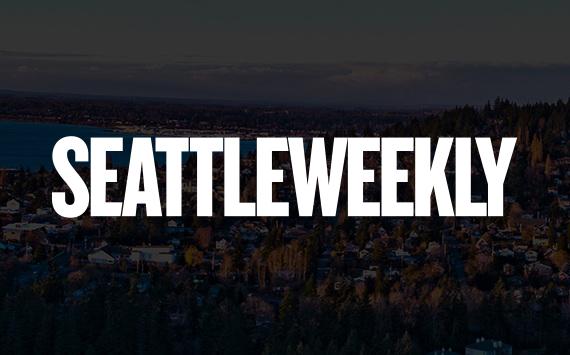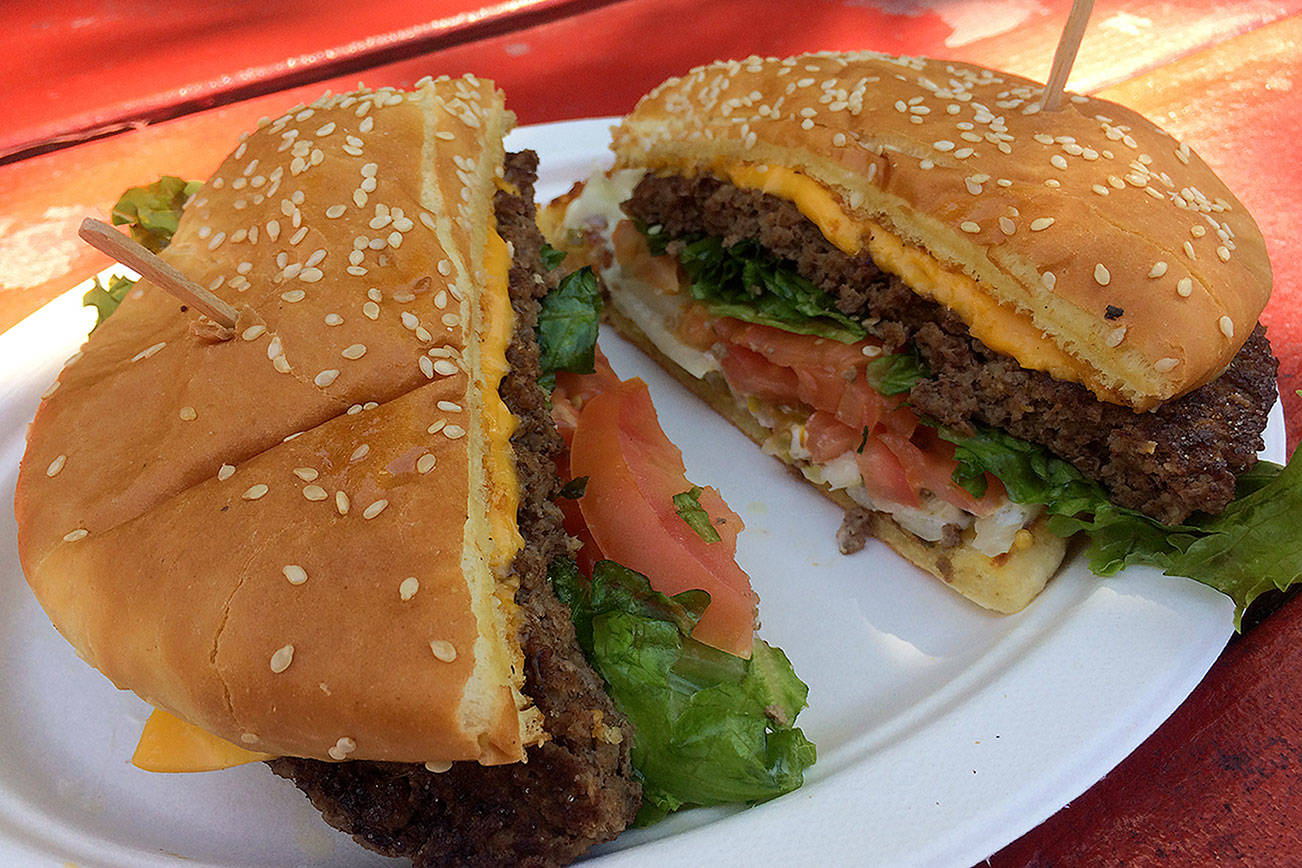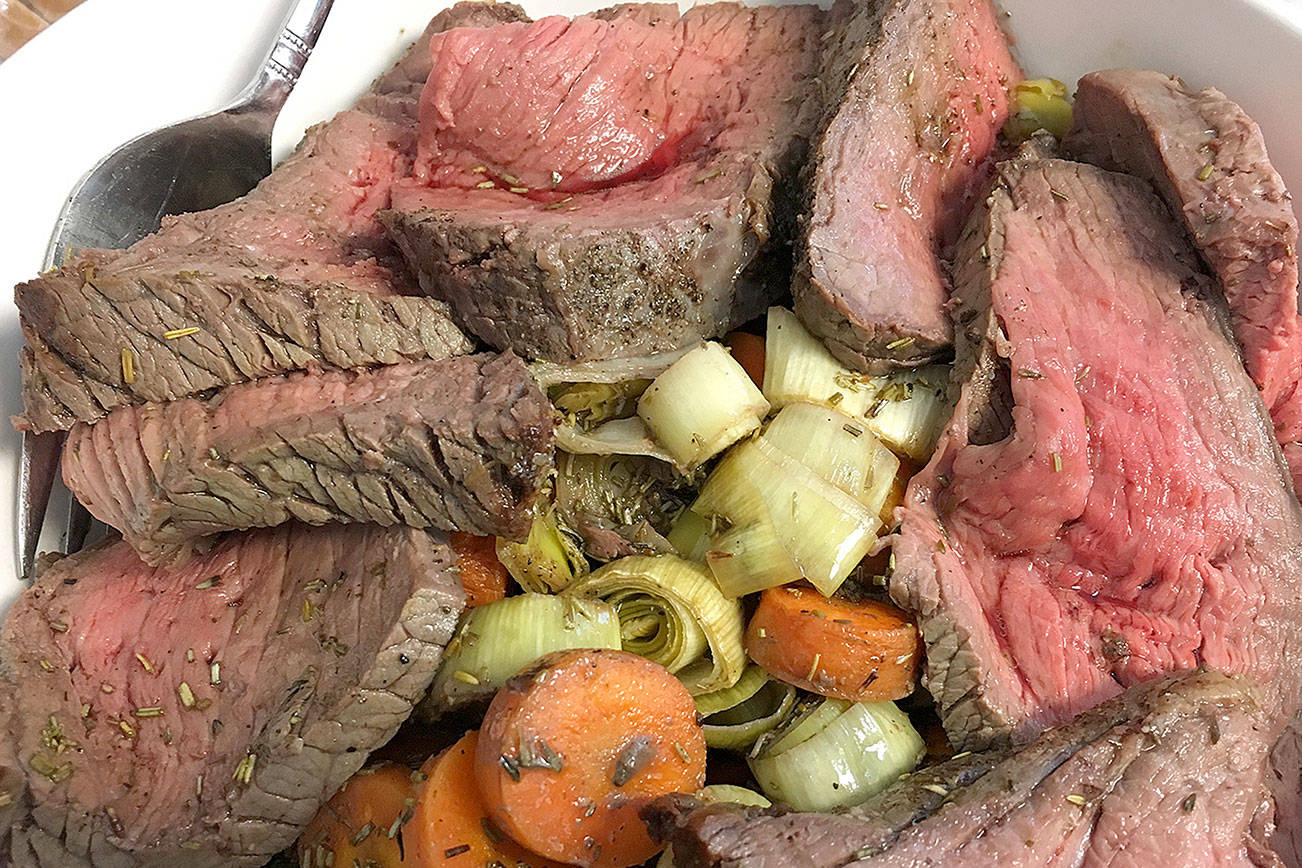On Sunday, the floor at Kevin and Teresa Davis’ new restaurant, Blueacre Seafood, is a calm sea of chair backs and flat, empty tables perfectly aligned, with an almost martial quality to them—a rigidity like a parade with everything in its proper place. Blueacre is a big space. Huge even, with a main dining floor slightly elevated, wings of private dining rooms and overflow space, bar seating and lounge tables, and unused acreage in the front that covers as much square footage as some entire restaurants. A few tables on a Sunday evening can be completely lost in that room, but to make the place look busier from the outside, the hostess has seated every table against the windows: a picket line of fish-eaters surrounding empty space for hundreds.
My menu is just out of the printer—the big copier in a walled-off section near the hostess station—and it, like the space, is big, the options overwhelming: fish, oysters, lobsters and crab, soups and salads, sandwiches, steaks, and chicken, and an entire section devoted to nothing but well-conceived sides. I want to know if the floor staff can possibly have a handle on the extraordinary breadth of this menu, just released into my hands—a menu that changes significantly every day.
“What are ‘Potatoes Minneapolis’?” I ask, choosing something from the list of sides that is not described at all by any attendant text.
“Potatoes Minneapolis,” repeats my server. “That’s shredded potatoes, mixed with a little bacon fat and bacon, then fried”—he does a thing with his hands, holding one out, palm up, laying the other on top, and flipping them over—”and turned over so it’s crispy on the outside and soft inside. Kind of like a giant order of hash browns.”
I purse my lips and nod as though considering—as though any consideration had been necessary after he’d mentioned potatoes with bacon fat.
Potatoes Minneapolis, the greatest thing on the menu at Blueacre Seafood, has no seafood in it. The greatest thing laid on the board by Kevin Davis—a fish expert if there ever was one—and cooked by a crew who spend their days tending to the delicate flesh of sea critters from all over the world, is nothing more than potatoes, butter, bacon, and salt. It’s an oddity, a white-trash one-off on a menu that focuses with incredible precision on the super-high end of the gastronomic spectrum—where nearly every ingredient has a source and a provenance and a chorus of gourmet bits and pieces to attend it. But Potatoes Minneapolis is so good you might want to order it alone—to wallow in its comfort and greasy luxury with no distractions.
My server’s description had been dead-on. It really is like a giant order of hash browns. Except that when it arrives at my table, “giant” doesn’t really do it justice; if all hash browns at all the diners in the land were made this way, I would eat nothing but hash browns and be so fat that the Discovery Channel would have to do a special about me: Lamentations of the Thousand-Pound Man.
Imagine a standard sauté pan completely filled with shredded potatoes. That is how big a portion of Potatoes Minneapolis is—easily enough for three really hungry people. Now imagine that pan filled not solely with shredded potatoes, but with shredded potatoes soaked with bacon grease and butter, studded with tiny little chunks of bacon, then fried so that the parts touching metal crisp up all nice and brown and those in the middle stay steamy, soft, and white.
For service, the panful of potatoes is flipped over like an upside-down cake, so that it appears like a golden-brown dome of crisp potatoes hiding bacon inside. The first bite is like being hit in the mouth with a salted brick wrapped in bacon. By the second, you know without a doubt that you have found true love—that a hole in your life you didn’t even know was there has been filled by fried potatoes and bacon grease.
Like an idiot, I eat maybe half the plate of Potatoes Minneapolis. I just can’t help myself. And when I’m done, I have no room left for anything else. I make a run at my crab cake, sure, and it’s good—called “The Ultimate” crab cake on Davis’ menu, it’s thick with big chunks of Dungeness crab meat, set on the plate in a tarn of lime and mustard sauce, and topped with a straight-out-of-NOLA salad made of shredded mirliton (also known as chayote or chuchu, depending on where you come from) dressed in vinegar and red chile. And I try to get through at least half my plate of king salmon, perfectly seared in the pan and served with split bing cherries, smoked almonds, and a simple wash of brown butter.
But these are losing propositions. After the Potatoes Minneapolis, I’m ruined for all other flavors, so I leave and vow to come back again.
Kevin Davis is very concerned about sustainable fish stocks, and his menu at Blueacre reflects this. His salmon, for example, come from fishermen who use nets with escape hatches. Small fish (smaller than a king salmon, anyway) can escape out the back of the net through a hole put there for just that purpose.
I know all this thanks to my server, who stood there and went through the entire process while I listened intently. It was also explained to me that, just like the beginning scenes in The Perfect Storm, the swordfish was caught by a bunch of guys on a boat with hooked lines that stretch for miles, and the sweet corn–and–tomato sugo served with the Alaskan weathervane scallops is a slow-simmered tomato gravy speckled with corn, flavored with basil, and studded with chunks of andouille sausage.
All this I learned from my various servers. Every question I asked they had an answer for—a phenomenal accomplishment given the ever-changing menu. It was a waitress who told me what mirlitons were (I’d never heard of them), and a waiter who explained sugo (which I did know, but wanted to know if he did). And when a bartender and I started making Anchorman jokes, it was he who remembered that Ron Burgundy called his dog Baxter “my little gentleman” in one of the movie’s funniest sequences.
I ate Japanese-inspired, kasu-roasted Alaskan black cod with baby bok choy and a plain soy reduction because the stream-raised Idaho rainbow trout, with its toasted garlic, potatoes, chunks of Spanish chorizo, and espelette (a French chile) seemed too complex. When I went for the shucker’s selection of Northwest oysters, I was offered each one’s home address, more or less, before tipping it to my lips and sucking it down. And the gumbo is a classic—a favorite of Davis’ from his Louisiana childhood, a fixture on the menu at his Steelhead Diner, and done even better here with big chunks of Dungeness crab leg meat, little pink hopper shrimp, long-grain white rice, and a thick, brown broth that’s smooth and deep with spice.
Blueacre’s space—open now just a few months and still under the direct command of Davis—was the Oceanaire Seafood Room before Oceanaire succumbed in July 2009 to the gut-punch of a failing economic model. Oceanaire once employed a younger Kevin Davis as its executive chef. This was back in the halcyon days, when no one thought twice about dropping a hundred bucks on plateaux de fruits de mer groaning under the weight of crab legs and lobster tails, or $40 on a piece of fish that was swimming maybe only 24 hours before landing on the plate. Oceanaire was an operation that prided itself on its supply chain, its FedEx receipts, and its network of fishermen around the world who fished just for them.
It was an expensive way to do business. And by the time things went south and rich businessmen suddenly found themselves eating nothing but grilled back issues of Architectural Digest, Davis was long gone from Oceanaire, having left to open Steelhead and go on to ridiculous success all on his own.
But with the Oceanaire space vacant, Davis started thinking he needed a second location. And there was something poetic about going back to a kitchen he’d once run for someone else. He took the space around December 2009 and opened it in March. And when he did, there was a lot he didn’t change. The place still has Oceanaire’s bones, on which Davis’ new skin now hangs. The ice-packed wells at the end of the bar still hold shellfish as they did at Oceanaire, the same kitchen pass window still looks out over the broad reach of the same floor, and when Davis stands a shift on the line, he stands in the same place he did when he ran the show at Oceanaire.
More fundamental, though, the mind-set is the same: Davis does a daily menu the way Oceanaire did, serving only fish he can get in that day. “We have no facility to freeze anything or store anything,” one of the servers explains. “Everything is fresh today because we don’t have any way to keep it.”
And while this isn’t completely true (there are coolers to keep long-haul stock and prepped items that remain on the menu every day), the spirit of it is. Davis orders his fish daily. He writes his menus when he knows what’s arriving, then serves what he has on hand. It’s an expensive system, just as Oceanaire’s was, but respectable. When I eat an order of Totten Inlet mussels on a slow Monday at the bar, I know they’re going to be fresh. I know they haven’t been knocking around in a bucket of murky water for a week in the bottom of some lowboy somewhere, forgotten until my order comes in.
I didn’t love everything at Blueacre. There were fumbles, mistakes in both prep and concept. Those Totten Inlet mussels, fresh as they were, tasted a bit muddy when I ordered them as a happy-hour plate of moules et frites. And two of the big shells hadn’t been completely debearded before service, which both affects the flavor of the wine-and-garlic broth they’re steamed in and is, frankly, a bit gross.
On the same plate, Davis serves thick steak fries as frites. While technically correct (frites can be any size and shape they want to be), big fries just don’t work for dipping in broth—which is what the frites in moules et frites are for. They’re too big and crisp. What you need, ideally, is something small and shoestringy, so you can dredge a whole forkful through the broth like a savage, getting wine and lemon and garlic all over your chin while trying to shove as many frites as possible into your mouth.
Beyond this, the smoked salmon collars were overwhelmed by the garlic and red chile glaze and smoke. And the lobster, at $24 a pound, is prohibitively pricey. But my affection for the operation is undaunted by these stumbles. Nothing about my experiences at Blueacre would ever stop me from going back and dropping a large chunk of cash on fish cooked by fish experts, and walking out wondering if there would be something even better on the board tomorrow.
And absolutely nothing on earth could keep me from those Potatoes Minneapolis. Because, seriously, for a New Orleans–inspired, Japanese-inflected, French/Mediterranean–affected fish restaurant, Blueacre really knows its way around some Midwestern bacon and potatoes.





